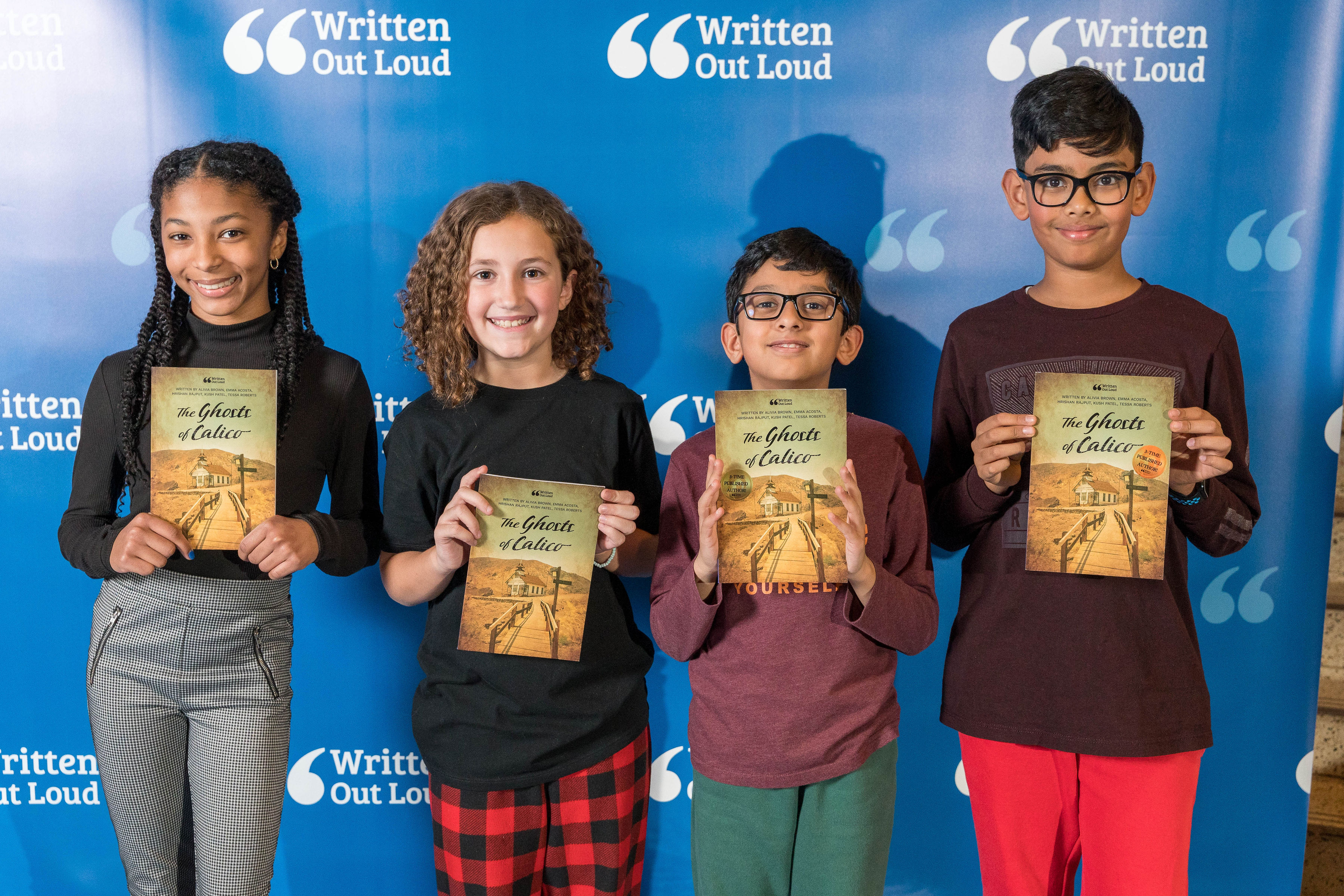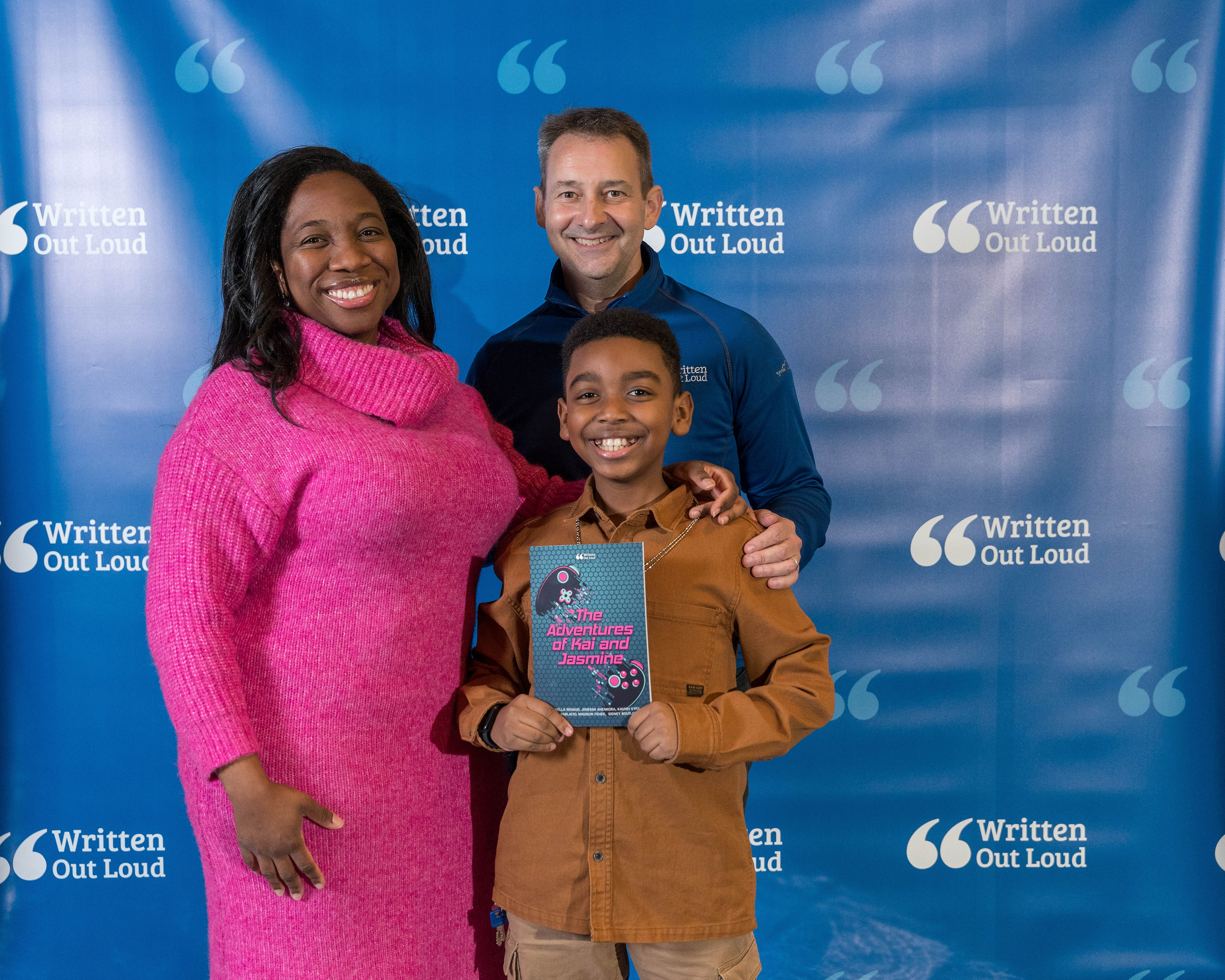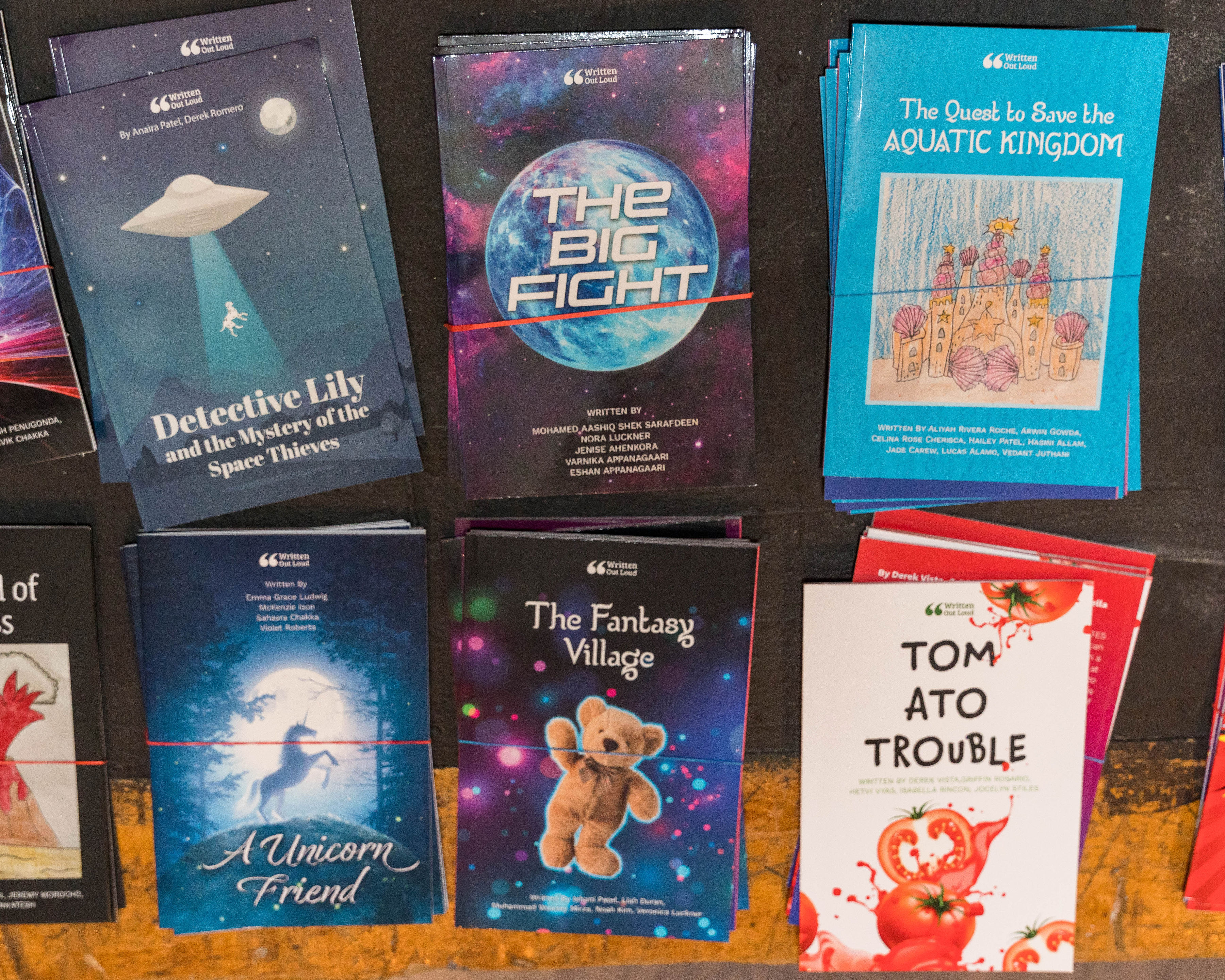What is Written Out Loud? The Collaborative Writing Program Explained by Its Screenwriter Founder
Through Written Out Loud, screenwriter Joshua Shelov shares the collaborative storytelling methods he developed with schools online and in person

Written Out Loud is a writing and storytelling program that works with schools and students outside of schools to teach writing and empathy skills through collaborative storytelling practices. The education program was founded by Joshua Shelov, a filmmaker and screenwriter who wrote Green Street Hooligans, starring Elijah Wood, and co-wrote and directed The Best and The Brightest, starring Neil Patrick Harris. He has also produced multiple ESPN 30 for 30 documentaries.
The Written Out Loud program is dedicated to teaching writing and storytelling in a collaborative manner that avoids the traditional solitude of writing, and builds on ancient storytelling traditions and modern practices in Hollywood writing rooms.
Shelov and Duane Smith, an educator whose school has made Written Out Loud part of its curriculum, explain Written Out Loud and how it works for schools and students.

What is Written Out Loud and How Did it Start?
Written Out Loud, quite fittingly, has a good origin story. Once upon a time, there was a struggling screenwriter named Joshua Shelov. Although he had written several scripts, he was getting nowhere. Then he had something of an epiphany.
“I changed my writing technique to actually telling the story of that screenplay out loud to other people, instead of just typing it in a typical writer’s hermetically sealed environment,” he says. “I really believe as a result of telling the story out loud and paying attention to whether or not people were bored or confused, and those moments when I actually had them in the palm of my hand, the writing that came out of that actually spoke to people.”
That screenplay was for Green Street Hooligans, the first script Shelov sold. “Not only did that screenplay change my life, and get me to being a professional, with an agent, and meetings in Hollywood, and a real career, but it changed the way that I thought about writing. Now I really think of writing as essentially being a vehicle for this kind of ancient and really magical craft of out loud storytelling.”
He realized that this real-time, human-to-human storytelling was part of the movie business' DNA. “The craft of out loud storytelling is actually just as sacred in Hollywood, as it was to me personally," he says. “When I would now get invited into studio meetings to come and pitch a story or a take on a book, what they really wanted was for me to sit down in a chair opposite them and tell them a story out loud, just like I was sitting around a campfire 2,000 years ago.”
Tools and ideas to transform education. Sign up below.
Shelov began sharing this process with students, first at Yale University where he is an adjunct professor, and then with younger students. Inspired by the film School of Rock and the true story it is based on, Shelov decided to create what he calls a School of Rock-type program for Marvel or Harry Potter fans. He envisioned kids writing in groups exactly the way a TV show writer's room would operate. Once they completed the program, students would leave with a physical book they had published together.
To make this dream a reality, Shelov recruited Yale drama students to lead Written Out Loud classes. Shelov and his team also train educators who want to implement the program in their curriculum.
What Written Out Loud Looks Like in Practice

Written Out Loud has a core 16-hour curriculum that immerses children in storytelling conventions such as the hero’s journey. These 16 hours can be broken up over a variety of ways and can be delivered by a Written Out Loud instructor in-person or via video conference.
“It can be an intensive two-week period, which we offer in the summer as a day camp, where you make two hours a day, four days a week for two weeks, or it can be spaced out once a week after school as an enrichment program,” Shelov says.
Written Out Loud can also train K-12 educators. Byram Hills Central School District in Armonk, New York, has built Written Out Loud teaching strategies into its ELA curriculum for eighth graders after running a successful pilot program.
“We liked that the students worked in collaborative teams to write, we thought that was an interesting element of it,” says Duane Smith, the English Department chairperson. “The fact that they all received a published copy of a book by the end of it was just so appealing. We've been looking for ways to celebrate student writing over the years.”
The students have responded to this interactive form of storytelling. “There's a lot less pressure when I say to the students, ‘Sit down in a group of four. I need you guys to start coming up with some ideas for a story. And all you have to do is talk about them. Who are your main characters? What is the major conflict that's going to drive the story? You don't have to do any writing,'” Smith says. “So for the students, it becomes somewhat freeing, in that they can open up their creativity without feeling the pressure of having to put words down on the page.”
The collaborative process also helps students learn to give and receive feedback. “I've seen these sessions in the class where a group of three or four students will get up in front of the class, and they'll pitch their story idea, and the class will ask them questions, point out little inaccuracies if they see any,” Smith says. “It turns into another lesson on how to give good feedback, how to actually help somebody write a better story. If you think about the traditional way, we give feedback, it is comments on a paper, it's not nearly as in the moment.”
How Much Does Written Out Loud Cost?
Written Out Loud ranges in price from $59 to $429 per student, depending on whether the program taught in school as an ELA unit (by classroom teachers) or as an enrichment program or summer camp and taught by Written Out Loud teachers.
Written Out Loud also runs cohorts for kids and adults online that students or educators can sign up for outside of school.
Writing Lessons and Beyond
Smith says one of the keys to teaching reluctant writers is to get students to start thinking of themselves as authors. “The students I have who are reluctant writers, or reluctant readers, sometimes don't see themselves in that way,” he says. “So just reframing their own thoughts about who they are as a writer and saying, ‘Look, I'm capable. I can do this. I can write.’”
Shelov says writing also helps teach empathy and prepare students for various careers. “If you're a social worker, if you're an attorney, if you're a doctor, if you are a parent, being able to actually listen to the opinions of those around you, and synthesize a single narrative that follows the hero's journey [is important],” he says. “This requires not only an understanding of what the hero's journey is, but it takes a real sense of empathy and courage.”
He adds, “Believe very strongly that whatever path a child walks in life, having a mastery of the craft of storytelling is going to elevate that.”
Erik Ofgang is a Tech & Learning contributor. A journalist, author and educator, his work has appeared in The New York Times, the Washington Post, the Smithsonian, The Atlantic, and Associated Press. He currently teaches at Western Connecticut State University’s MFA program. While a staff writer at Connecticut Magazine he won a Society of Professional Journalism Award for his education reporting. He is interested in how humans learn and how technology can make that more effective.

